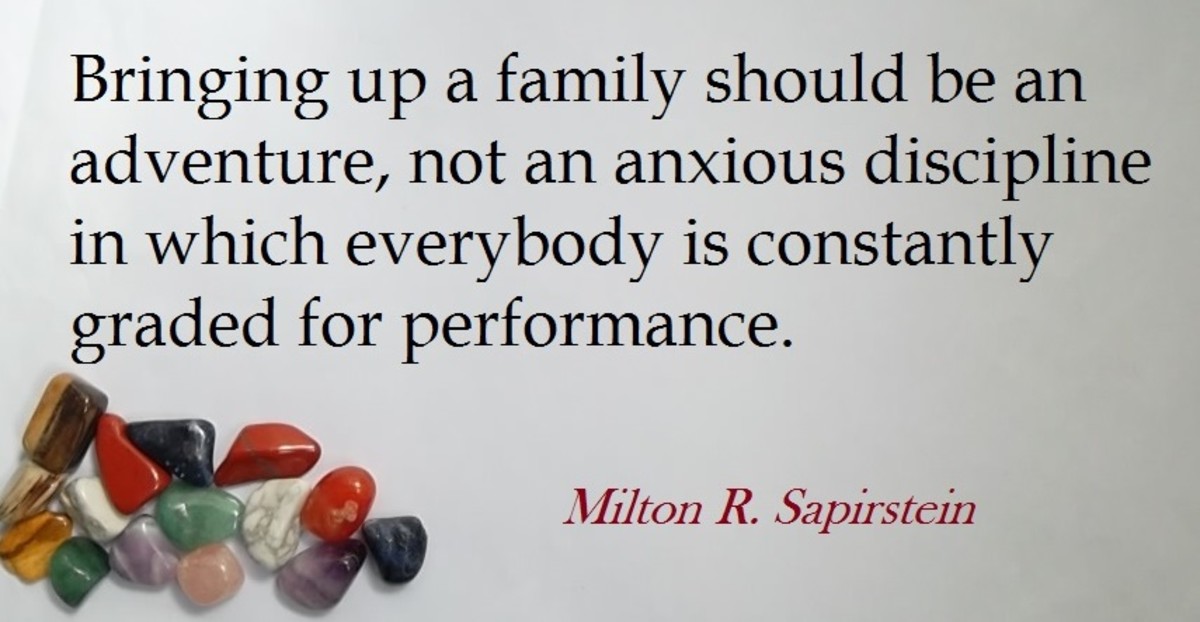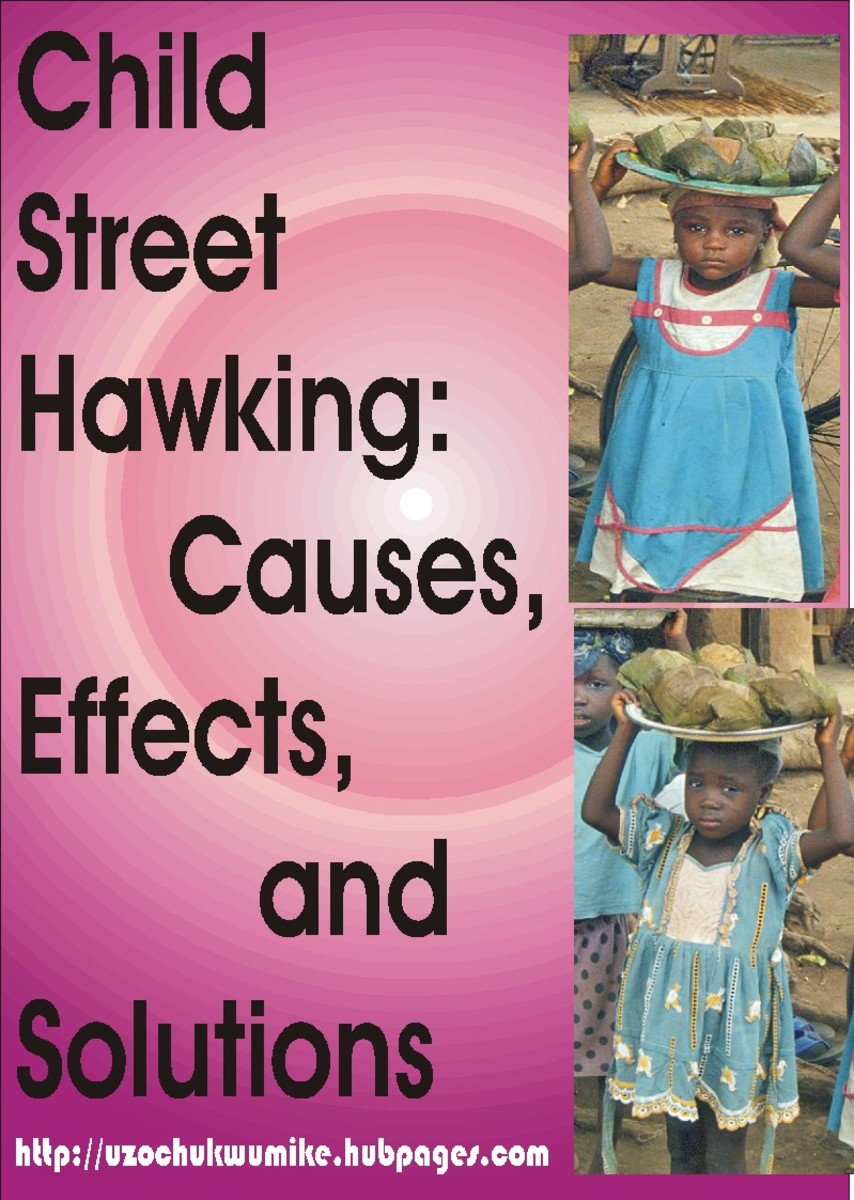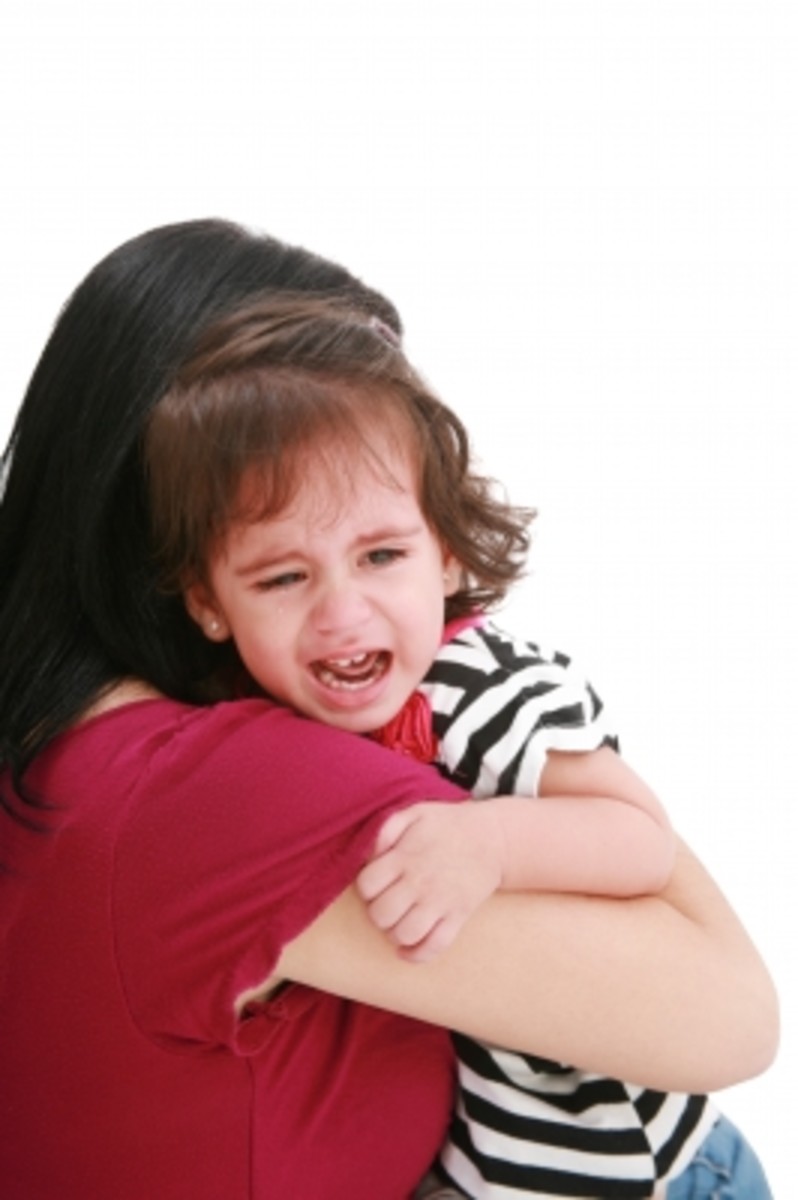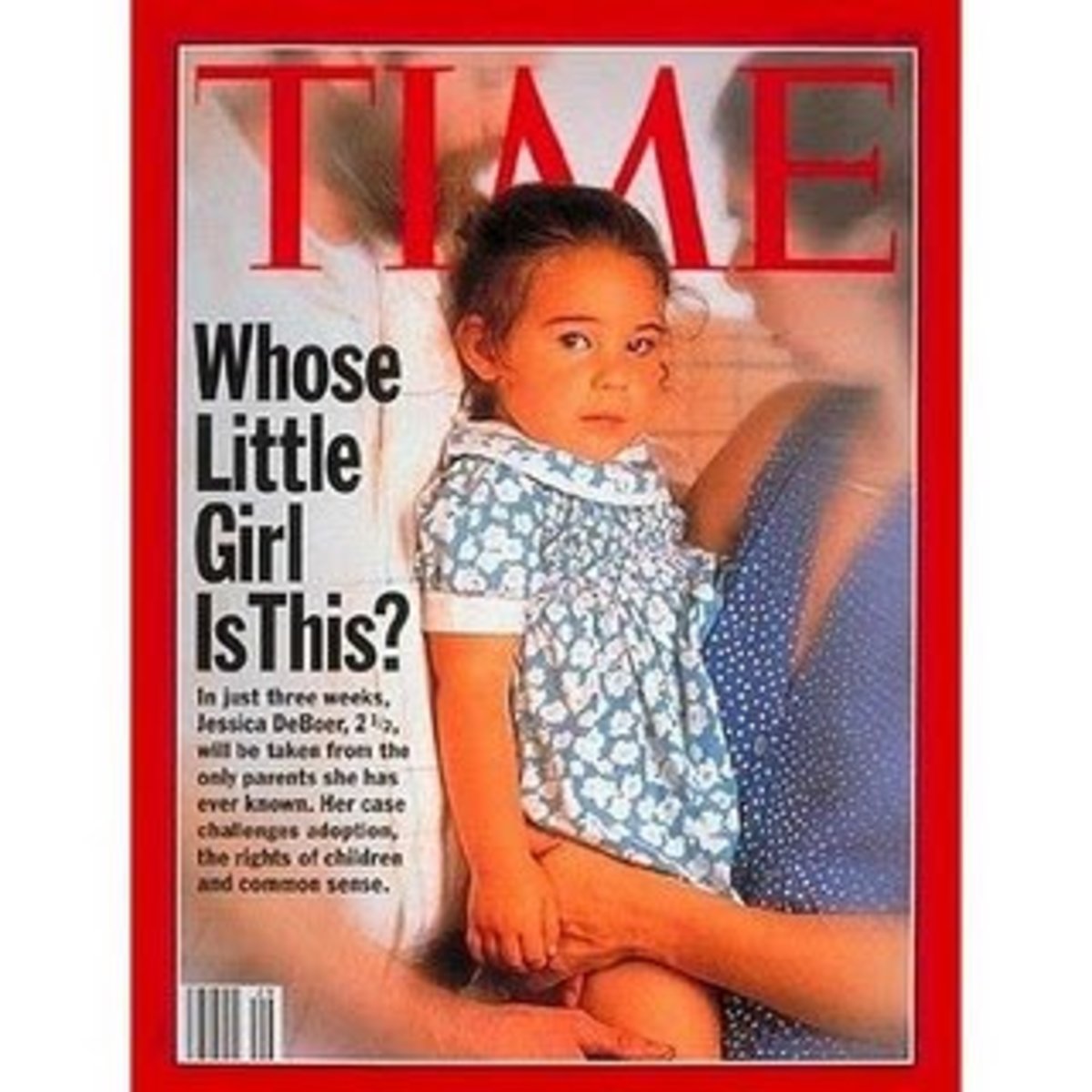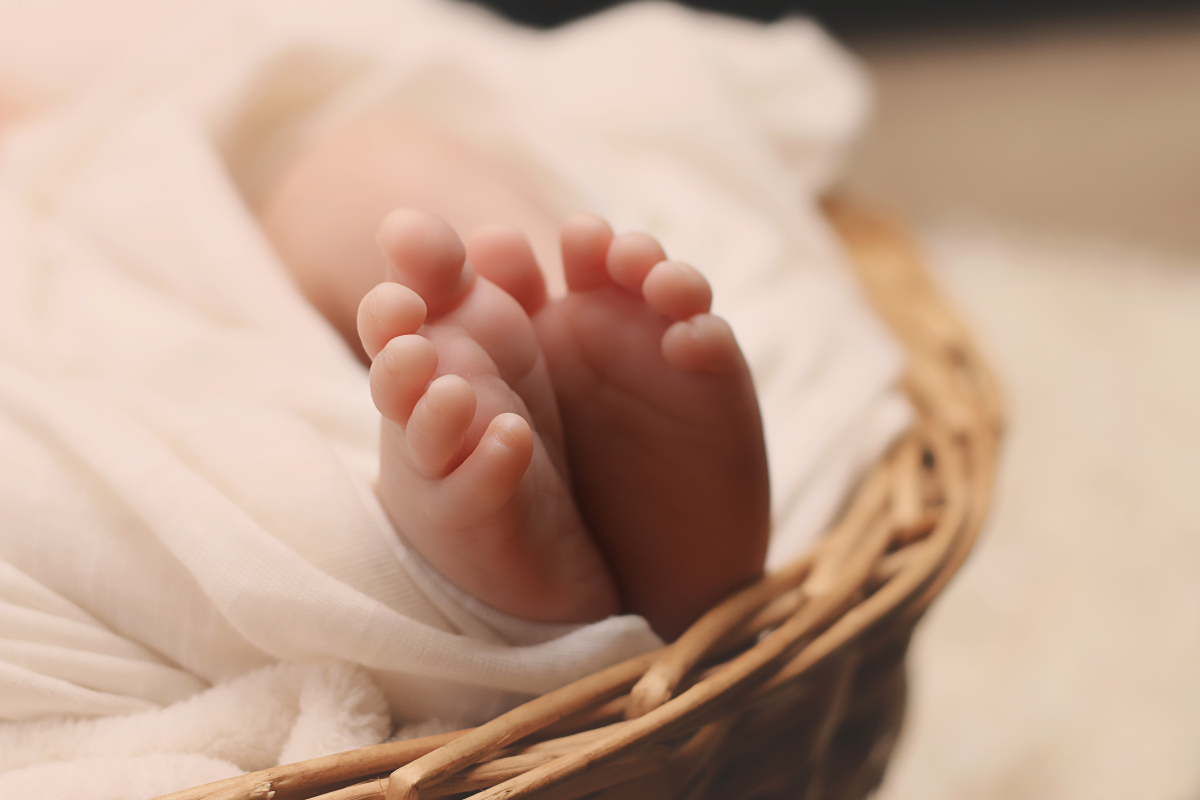Pros & Cons of Adoption
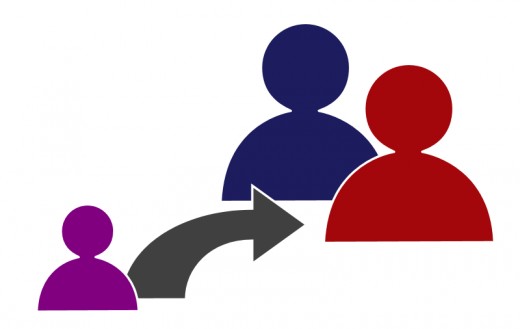
Is this decision right for me?
No matter who you are in the adoption triangle- birth parent, child, or adoptive parent- the prospect of giving up a child, adopting a child, or being the child given away carries enormous implications for all the individuals and relationships. Before embarking on such an intense journey, it is absolutely imperative that you know and are aware of the complex feelings and emotions that accompany adoption.
The brave choice to choose adoption over abortion
Without a doubt, there are many advantages to adoption. In most cases, a birth mother has selflessly decided to carry her baby to term and endure the agony of relinquishing a child, rather than choose termination. This is no small choice and she should be recognized for her bravery and courage. However, regardless of the reasons for the adoption, a child who is relinquished by one or both of her parents will carry a sense of abandonment and rejection, even if the reasons were quite noble. If a mother has multiple children that she gives away, the children may view the birth parent as irresponsible and selfish because she continued to have children and not think about the consequences of her actions.
GSA
The GSA Forum: Online support for those in complicated reunions.
Open or closed arrangement?
This is one of the harder decisions a birth parent must make. Should you offer your child to a family with the stipulation that you get to be in the child's life in some capacity, or do you make it a closed adoption- possibly never getting the chance to meet your child?
"A closed adoption keeps things easier on the child."
This line of reason often accompanies the decision for a closed adoption. "A child can't understand the complexity of the relationships, so it is better that she just have a normal family life." Aside from the fact that the argument dumbs down a child's ability to grasp a difficult emotional situation, the truth is that a closed adoption is easier on the adults, but it is not easier on the child.
Most children at some point in their life, want to know their roots. Whether it is for medical purposes, a sense of identity, or a need to bring closure to the past, the majority of adopted children think, dream, and search for their parents at some point. Denying a child this information is cruel. The child has had no choice in the circumstances in which she was born. She didn't get to decide to stay with her birth parents. Therefore, giving her the opportunity to at least know and form a relationship with both sets of parents is the least that can be done to alleviate those feelings of "I don't belong anywhere."
Genetic Sexual Attraction
When adult adoptees search for their long lost family, most are not prepared for the onslaught of emotions that accompany a reunion. When a child grows up in close proximity to a person, they develop a taboo or sorts. It is the biological mechanism that turns off the "attraction" button so that there is no threat of inappropriate familial relationships. When that is denied and an adoptee meets a biological family member as an adult, all the desires of bonding and intimacy come flooding to the surface. Without that "attraction" button pushed (only accomplished through years of familiarity), the desire to bond can trick the body into feeling a sexual desire for their family member. This highly dangerous situation can lead to inappropriate relationships, the destruction of entire family systems, and emotional ruin. The single greatest prevention from this is to make sure the child has some access to her birth family throughout childhood.
The adoption triangle
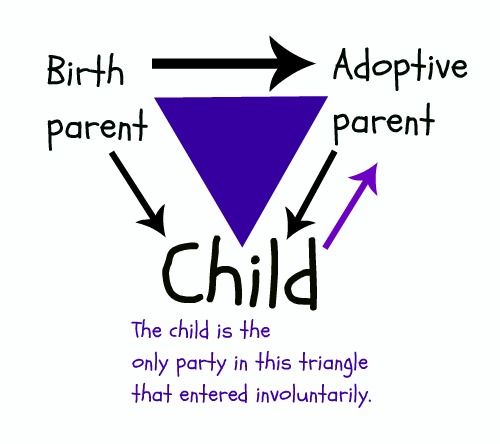
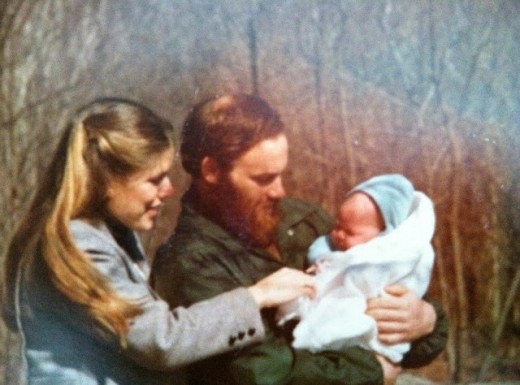
The opportunity for a better life
There is no disputing that adoption gives a child the opportunity for a better life. Most birth parents who choose this route, do so because they cannot afford the child- financially, emotionally, or logistically. The act of relinquishing a child is seen as a gift, and in many cases it is. The adoptive parents have probably struggled for years with infertility and are just waiting for a baby to love. The baby gets a great and loving family life, and the birth parents are given the peace of mind that the child is safe and cared for. Adoption is truly a gift in many ways.
Adoptive parents must be prepared
If you have biological children, it can be incredibly difficult to see the subtle differences between how you treat your adoptive child and your biological children. In some cases, there may be a personality clash, causing strife and division. No matter how much you love the child as your own, she can internalize these normal family "arguments" as a reminder that she is different than the rest. You must be continually aware of your own feelings and emotions regarding your child, her parents, and the adoptive process.
Adoption does not end when the papers are signed. It is a lifelong process that you have signed up for.
You are adopting a family
Even if you choose a closed adoption arrangement, there may come a day when your adopted child wants to search for her family. She may be 20, 30, or 40, but no matter when it happens, it will cause a lot of emotion in you. This is why it is better to not "ignore" her heritage and roots. People often do this with good intentions, "I want her to feel like a real member of the family, so we don't bring up the fact that she is adopted." The idea is meant from love, but the truth is that she will never forget that she is adopted. Ignoring the reality is like ignoring a part of her.
Learning how to love her like your own while acknowledging, celebrating, and validating her roots is a difficult task if you have not come to terms with the concept that you are adopting a family.
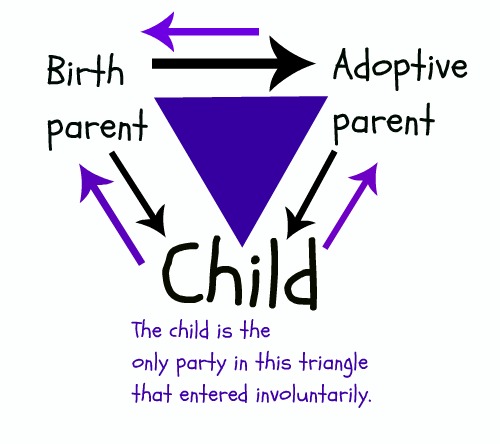
The child is at a disadvantage
For both sets of parents, it is important to recognize that the only person in the triangle without a choice- is the child. Great care must be taken to help give her a sense of ownership over the situation, once she is old enough to grasp what happened. If you have an open adoption arrangement and she decides she does not want contact, her choice must be respected. The same goes for the opposite. Adoptees will often go through wild swings of emotion, vacillating between wanting to over-identify with her birth parents, and then wanting nothing to do with them.
At some point in the adoptees life, it may be beneficial for her to go through some counseling to deal with the complex emotions involved. Birth parents and adoptive parents can benefit from counseling as well.
Other adoption articles by Julie
- Poem of Adopted Daughter Finding Her Dad- The Joy of Reuniting with a Biological Father
Reunions are emotional events. This is a poem written by a woman who reunited with her father and struggled to find the words to express what she was feeling. - Genetic Attraction- Reuniting with a Toxic Father
Speaking up about the dangers of adoptive reunions and GSA between parents and children. - How to Find Siblings After Adoption
This article provides an adoptee with practical advice about how to begin the search for a sibling.
Remember, decisions cannot be undone later
When it comes to adoption, there is far less risk in keeping options open than shutting the door completely. Once an adoptee is an adult, there is no going back to childhood- that sense of loss and regret can be profound. However, if the adoptive triangle falls apart after awhile, you can look into counseling or going separate ways. At least you and the child would know, that everything that could have been done to preserve her heritage, was done.
No matter where you fall in this triangular dynamic, adoption is a necessary and vital part of our society. Great care needs to be made to protect families whenever possible, paying careful attention to the needs and desires of the only party roped into the situation involuntarily- the child. If this is done, adoption can showcase the most beautiful side of humanity.


About the author
Julie DeNeen is a freelance writer who specializes in the area of psychology, relationships, and adoption. She also co-owns the GSA website for adults who are in complicated reunions. She has appeared on ABC and Dr. Drew regarding her personal adoption reunion story.
Are you interested in writing for Hubpages? You can sign up for free today!

